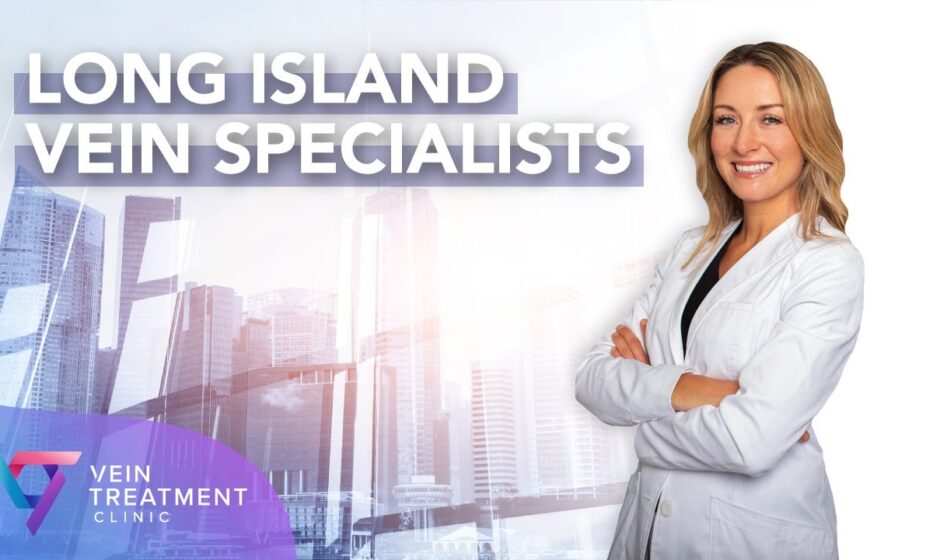Varicose veins, which occur when veins become enlarged and twisted, are a common condition that affects millions of people worldwide. While they may not always cause significant pain, varicose veins can lead to discomfort, swelling, and even more severe health issues if left untreated. With advancements in medical technology, the latest varicose vein treatments offer a variety of benefits, both in terms of cosmetic improvements and overall health. If you’re considering treatment for varicose veins, understanding the latest options and how they work is essential. Let’s explore the benefits and the options available, as well as the role of vein treatment doctors in managing the condition.
What Is the Latest Treatment for Varicose Veins?
The landscape of varicose vein treatments has evolved significantly in recent years, offering patients more effective, less invasive, and quicker recovery solutions. Today, several options are available, each with its own unique set of benefits. The latest treatments for varicose veins include:
- Endovenous Laser Therapy (EVLT): One of the most popular treatments, EVLT uses laser energy to heat and close off the affected vein. This treatment is minimally invasive and performed under local anesthesia. The process typically involves the insertion of a small catheter into the vein, which emits a laser to seal the vein shut. The blood flow is then redirected to healthier veins, reducing the appearance of varicose veins and improving circulation.
- Sclerotherapy: Sclerotherapy is a non-surgical treatment in which a special solution is injected into the varicose veins, causing them to collapse and eventually fade away. This treatment is highly effective for smaller veins and can be used for both varicose veins and spider veins.
- Radiofrequency Ablation (RFA): Similar to EVLT, RFA uses radiofrequency energy to heat and close off problematic veins. The procedure is minimally invasive and involves the insertion of a catheter that emits radiofrequency energy to treat the vein. RFA offers a high success rate, with minimal downtime and little to no discomfort.
- Ambulatory Phlebectomy: This is a surgical procedure where the vein is removed through small incisions made in the skin. Ambulatory phlebectomy is generally used for large varicose veins that are located near the skin’s surface. The procedure is minimally invasive and is typically performed under local anesthesia, with patients being able to return home the same day.
Minimally Invasive Treatment Options
One of the key benefits of the latest varicose vein treatments is that many of them are minimally invasive. This means that the procedures require only small incisions, which reduces the risk of complications and significantly shortens recovery time. Patients can often return to normal activities within a day or two of treatment. This is a far cry from traditional surgery, which typically required long hospital stays and a lengthy recovery period.
Faster Recovery Time
With traditional surgical procedures, patients could experience weeks of downtime, with the need for post-operative care and follow-up appointments. However, with the latest varicose vein treatments such as EVLT, RFA, and sclerotherapy, recovery time is drastically reduced. Most patients can resume normal activities, including walking, almost immediately after the procedure. This makes the latest treatments a convenient option for people with busy lifestyles who don’t have time for extended recovery periods.
Reduced Pain and Discomfort
Varicose veins can cause significant discomfort, with symptoms like aching, throbbing, and swelling. With the latest treatments, pain and discomfort are minimized, both during the procedure and afterward. For example, EVLT and RFA are performed under local anesthesia, meaning that patients only experience minimal discomfort. Most patients report feeling no pain during or after the procedure, which contributes to a much more positive treatment experience.
Improved Cosmetic Appearance
Aside from the physical discomfort caused by varicose veins, many patients are also concerned about the cosmetic appearance of their legs. The visible veins can be embarrassing and can affect self-confidence. The latest varicose vein treatments provide excellent cosmetic results by eliminating or significantly reducing the appearance of varicose veins. Patients often experience smoother skin and a more youthful appearance after the procedure, with many reporting enhanced self-esteem as a result.
Long-Lasting Results
Unlike some older treatments that required repeat procedures, the latest varicose vein treatments offer long-lasting results. Endovenous laser therapy, sclerotherapy, and radiofrequency ablation all target the underlying cause of varicose veins—damaged veins—and help to redirect blood flow to healthier veins. As a result, patients can expect the effects of the treatment to last for years. In fact, studies have shown that the recurrence rate for varicose veins after these modern treatments is very low.
Reduced Risk of Complications
Another significant benefit of the latest varicose vein treatments is the reduced risk of complications. Traditional surgery carries the risk of infection, scarring, and even deep vein thrombosis (DVT), a blood clotting condition that can be dangerous. However, modern treatments such as EVLT and RFA have a much lower risk of these complications. The procedures are typically done on an outpatient basis, and patients are closely monitored to ensure that no complications arise.
No General Anesthesia Required
Unlike traditional varicose vein surgery, which often requires general anesthesia, the latest treatments are typically performed under local anesthesia. This reduces the risks associated with general anesthesia, such as allergic reactions or respiratory issues. Patients are awake and alert during the procedure, and there is no need for a hospital stay, making it a more comfortable and less stressful experience.
How Do Vein Treatment Doctors Play a Role?
Vein treatment doctors specialize in diagnosing and treating conditions like varicose veins. They play a crucial role in ensuring that you receive the most appropriate treatment for your condition. A vein treatment doctor will evaluate the severity of your varicose veins, take your medical history into account, and recommend the best treatment option based on your specific needs. They will also monitor your progress and provide follow-up care to ensure that the treatment is effective and that any potential complications are avoided.
Choosing the right vein treatment doctor is essential for achieving the best results. It is important to work with a doctor who is experienced in performing the latest varicose vein treatments and who is knowledgeable about the various options available. Many vein treatment doctors are board-certified in phlebology, which means they have specialized training in the diagnosis and treatment of vein conditions.
Conclusion
In summary, the latest treatments for varicose veins offer numerous benefits, from reduced pain and faster recovery times to improved cosmetic results and long-lasting effectiveness. Procedures like EVLT, RFA, and sclerotherapy are minimally invasive, require no general anesthesia, and have a low risk of complications. Patients can expect to return to their normal activities quickly and enjoy lasting results. If you’re looking for an effective solution to varicose veins, consult with a qualified vein treatment doctor to learn more about the latest options available to you.
Choosing the latest treatment for varicose veins not only improves the appearance of your legs but also enhances your overall quality of life. So, if you’ve been considering treatment for varicose veins, now is the perfect time to explore the many benefits these new options provide.



